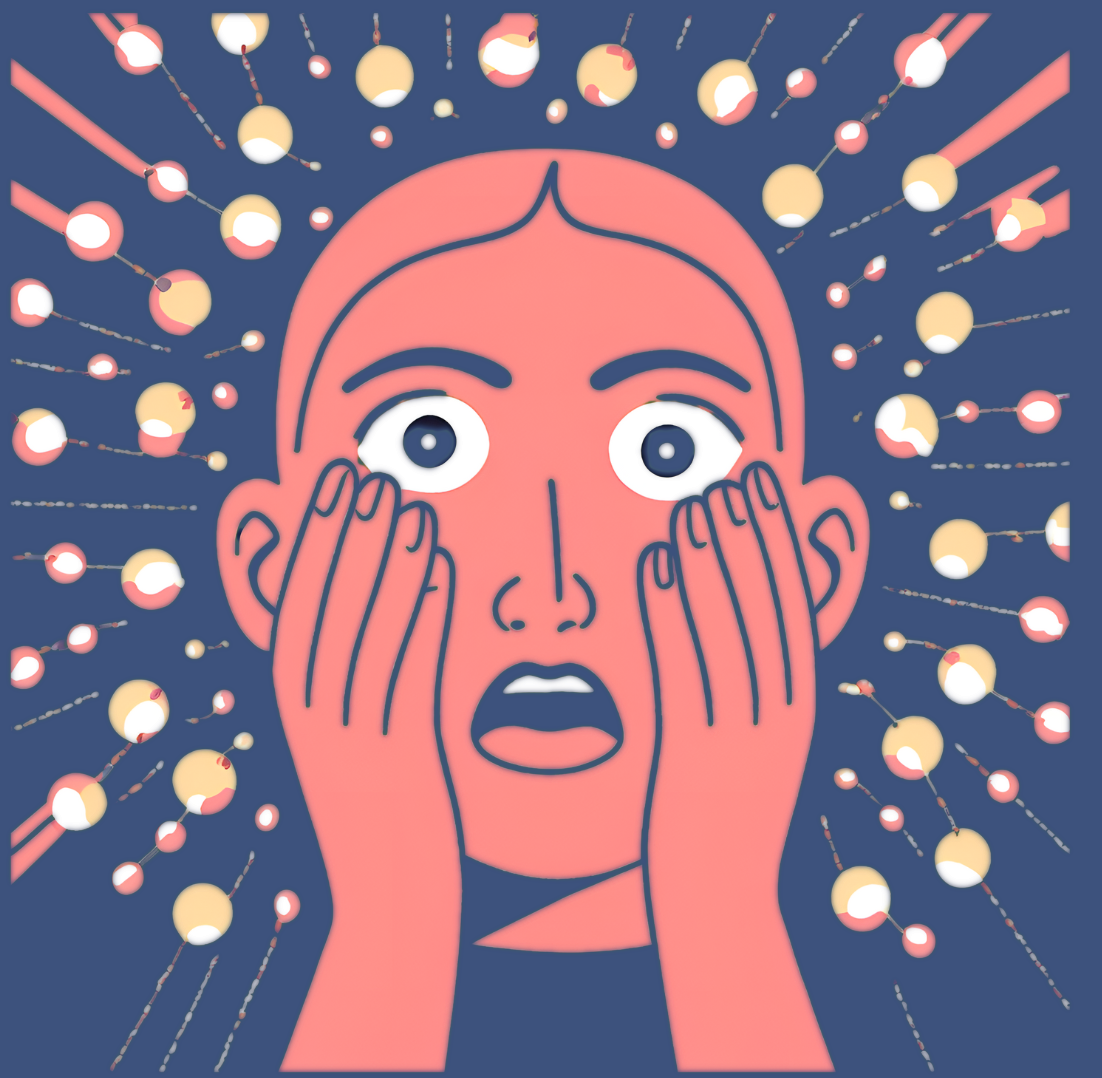Anger-The Secondary Emotion

Anger is referred to as the secondary emotion because it shows up after we have felt something else. The first emotion that people usually experience is a deeper emotion, like fear or shame. These more vulnerable feelings are so uncomfortable that we shove them down deep inside, and the anger is the feeling which follows.
We crazy humans do the most incredible things to avoid emotional pain. Our entire being unconsciously kicks into gear and we are flooded with negative emotions when we experience unpleasant situations like these:
- being embarrassed by or in front of our peers
- feeling rejected
- failing to complete a task we started
- being teased or bullied
- being misunderstood when we try to verbalize something
- feeling out of control
Centuries of practice in all areas of the world, humans have fine-tuned this practice of defending or protecting our own delicate and soft underbellies (our vulnerable emotional states or feelings). We use strategies such as:
- Over Achiever -someone who masks their underlying fears, weaknesses or need for external validation by attempting to do more than everyone else.
- Manager- the controller or planner in the group, workplace, or community. Helplessness - acting as if we can't do something so others will take care of it for us.
- Avoidance - to use something pleasurable to completely numb out the pain like overeating, using substances, retail therapy, social media, gaming, and more.
- Martyr- someone who consistently engages in self-sacrificial behaviors, often feeling like a victim or that they're compelled to prioritize others' needs over their own.
- Comedian - using humor to avoid pain is an effective way to mask pain, and take the pressure away, and please others.
One of the most common ways of coping with difficult feelings is the use of anger. When people are hurt, they often spiral and feel out of control. When anger shows up, it can be that person’s attempt to regain control of themselves, the situation, or the other person. Anger protects and hurts at the same time.
All emotions have a purpose, no emotion is bad or wrong, in fact they are important messages to us. They tell us what we need. Anger can be a problem when we don't listen it. When our fear, sadness, embarrassment, or jealousy is not acknowledged it can quickly blow up into anger and land on others.
Bullying defined: seek to harm, intimidate, or coerce someone perceived as vulnerable.
In our community and all over the country, one huge issue is bullying in the schools. Why do bullies pick someone vulnerable to target? They want to gain control. Controlling the external gives relief to the internal unrest. Behaviors can be learned, patterned after the families we grow up in. Negative in makes negative out. Just like a math equation. Negative + Negative = more negative. When kids experience abuse or trauma or see aggressive interactions around the, they often act it out.
It takes education, support and work to learn how to express our emotions appropriately and constructively. But when we're young we have not yet arrived at this point, so in all grade levels most students haven't learned the language to express their emotions or feelings with words and they often act out in response to negative emotions such as their own fear, anger, guilt, etc. It is far too common that a bully is him/herself bullied or badly treated by adults in their own lives which causes them to take that out on more vulnerable students. Working with both bullies and vulnerable students to begin recognizing and naming their feelings is an important step in changing the dynamics of bullying in schools.
As we mature and gain more world experience, we can learn to identify and verbalize our emotions (positive emotions as well as negative ones) and learn how to appropriately express them. Being able to recognize and name our feelings can be the first step in healing our own pain. And, when we don't acknowledge or verbalize these deeper painful emotions, they show up in our behaviors - which looks and sounds like ANGER to others.
When adults can role model talking about our own emotions, it teaches our children how to deal appropriately with their emotions. This extends to all areas of their lives from school, to interacting with siblings and other family members, and prepares them for entering the adult world with positive, healthy communication skills. Being nicer to ourselves and nicer to each other is one of the greatest gifts we can give families, and our children, and our communities.
What is the take away from this article?? Let's rally together as a community to practice expressing our feelings in ways that are respectful to ourselves and to others!